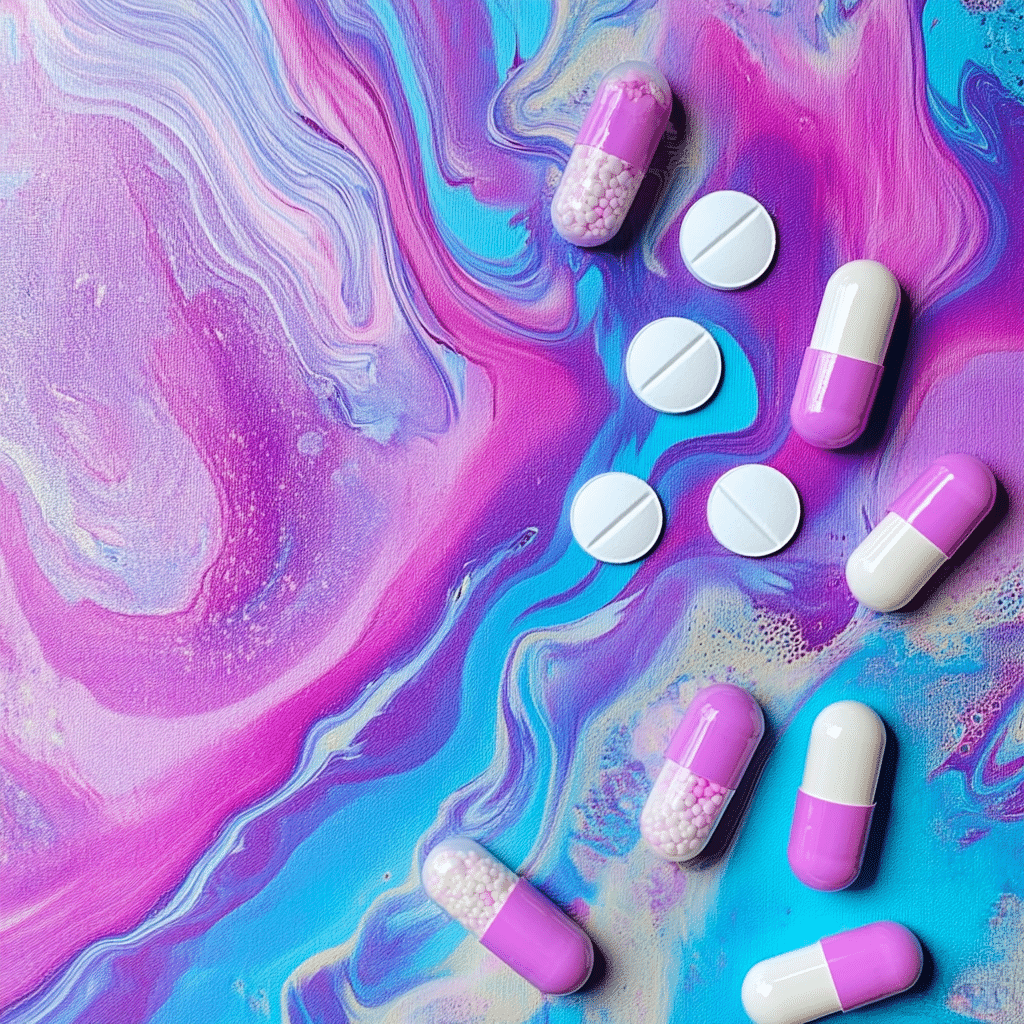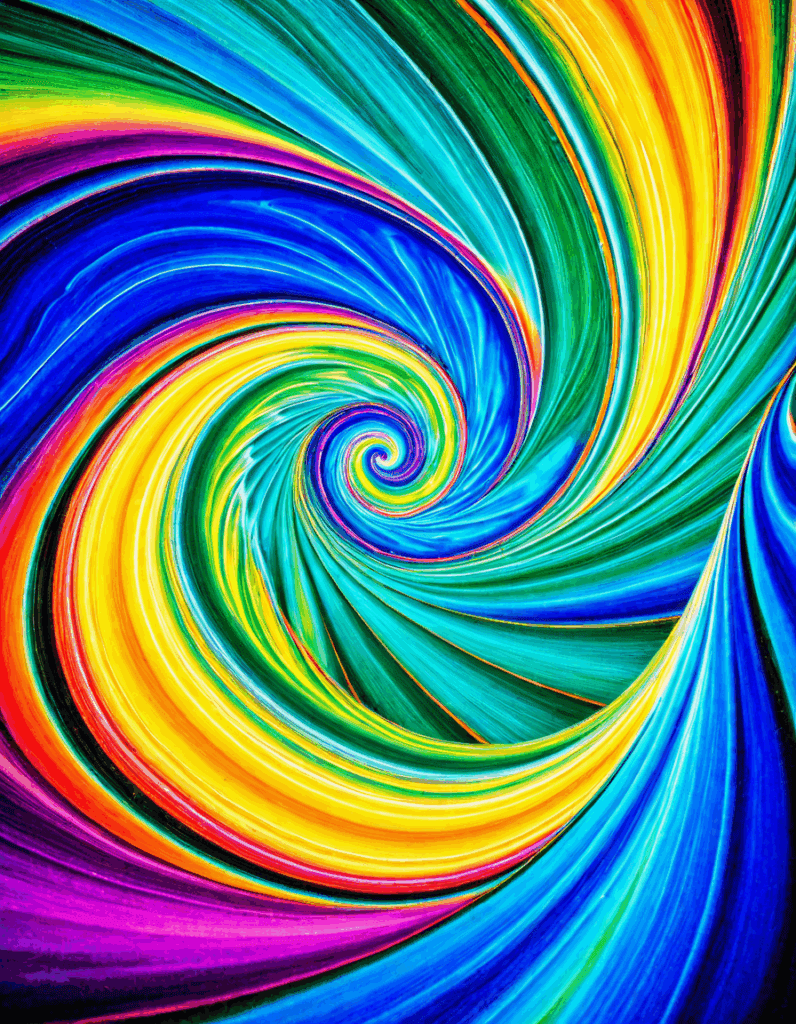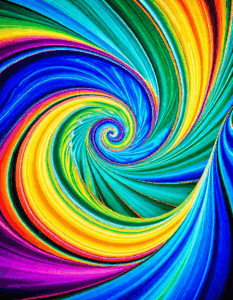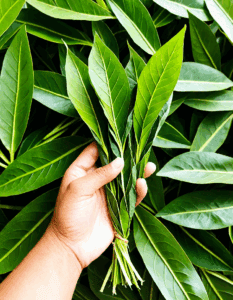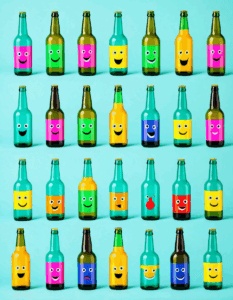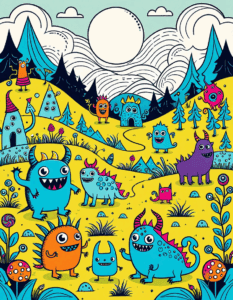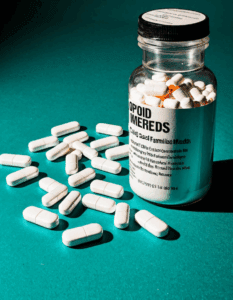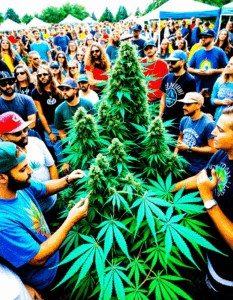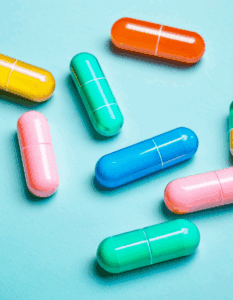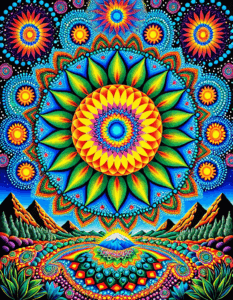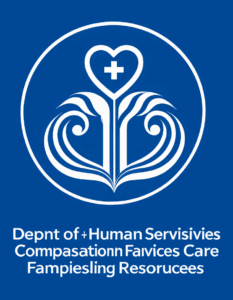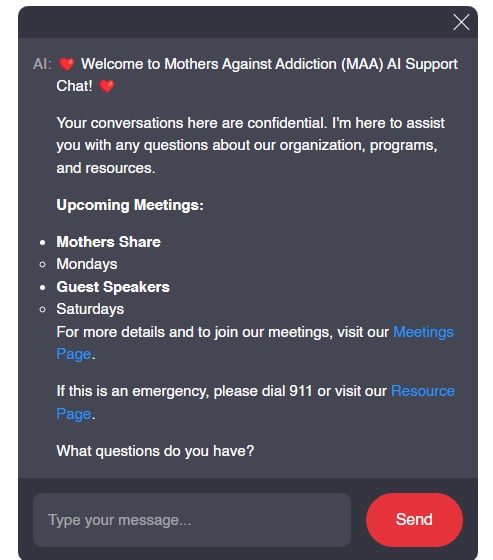Dimethyltryptamine (DMT) is drawing significant attention in recent years, especially in discussions surrounding addiction and mental health. When grappling with the aftermath of losing a child to addiction or supporting a struggling teenager, parents frequently seek clarity on complex subjects like DMT. So, what is dimethyltryptamine? This naturally occurring psychedelic compound is found in a variety of plants and animals. Often called the “spirit molecule,” DMT produces powerful hallucinogenic effects that can provide deep insights into one’s consciousness and existence.
DMT’s chemical structure closely resembles serotonin, a neurotransmitter vital for mood regulation. By interacting with serotonin receptors in the brain, DMT can trigger vivid visual and auditory hallucinations. For many, these experiences are life-altering, prompting profound questions about life, purpose, and interconnectedness. However, alongside its interest in therapeutic potential, the substance comes with a myriad of safety concerns—a dialogue Mothers Against Addiction fosters in supporting parents navigating these tricky waters.
Parents often worry about how substances like DMT can impact their children or themselves, especially amidst the chaos of addiction. Initiating conversations around the role of psychedelics in mental health might be a source of both curiosity and caution. By understanding that what is dimethyltryptamine and its effects can deeply affect perception and emotional state, families can better engage in meaningful discussions about healing and recovery.
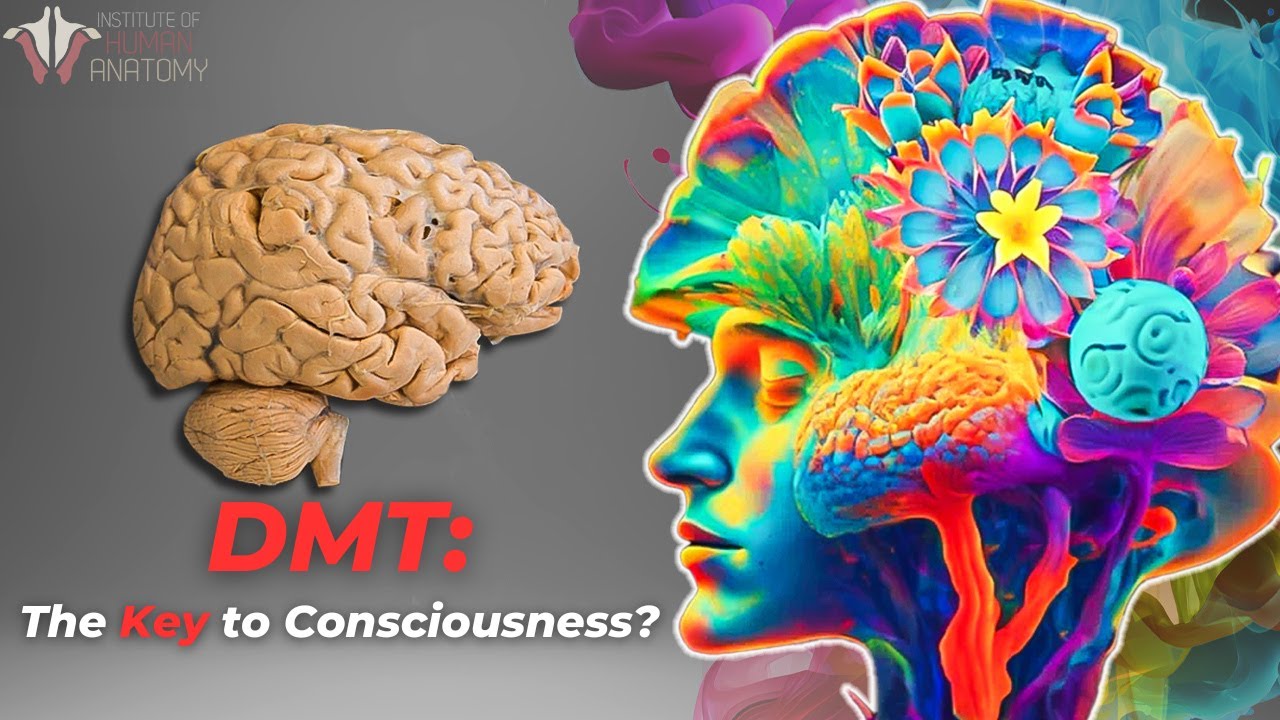
Top 6 Effects of Dimethyltryptamine on the Human Experience
Users often describe DMT experiences as ushering them into a state of euphoria, almost like a spiritual awakening. This feeling isn’t something one can easily summarize; it’s as if individuals shed their earthly constraints. Those fleeting moments can feel timeless—like stepping into a different reality, even meeting entities offering wisdom. For parents, hearing their children discuss these experiences can evoke hope, especially if they can lead to personal healing.
Part of the inexplicable allure of DMT is the distortion of time. What seems like an expansive journey can merely last a few minutes in reality. This peculiar sensation forces users to rethink their relationship with time, adding layers to discussions about mindfulness and presence. While it may sound whimsical, the impact on returning to day-to-day life can evoke mixed emotions for families.
Engaging with DMT can also yield extraordinarily intricate visuals and sounds—users often encounter vibrant patterns or landscapes that don’t exist. Imagine kaleidoscopic visuals illuminating your mind while resonating soundscapes play. The creativity displayed during these experiences can often reflect personal emotions and struggles.
A consistent theme in DMT experiences is a profound connection to nature and the universe. Users often express a newfound appreciation for their surroundings. For those affected by addiction, this reconnection can symbolize hope and healing—a bridge back to the beauty of life that addiction may have obscured.
DMT is frequently more than just a psychedelic escapade; many find it a conduit for emotional release. Users have recounted confronting deep-seated fears and traumas during their experiences. This catharsis can foster significant psychological breakthroughs, enabling families to open conversations about grief and reconstruction after loss.
Finally, the bodily sensations accompanying DMT experiences can be profound. Those engaging with the substance report feelings of weightlessness or intense warmth, contributing to the overall experience of being transported. Each moment spent with these sensations can foster heightened body awareness – critically important for those dealing with the fallout of addiction.

The Comparison: Dimethyl Terephthalate Drugs vs. Dimethyltryptamine
It’s crucial to differentiate between DMT and other dimethyl compounds, such as dimethyl terephthalate (another chemical that bears the same acronym). However, these substances couldn’t be more different in application and purpose.
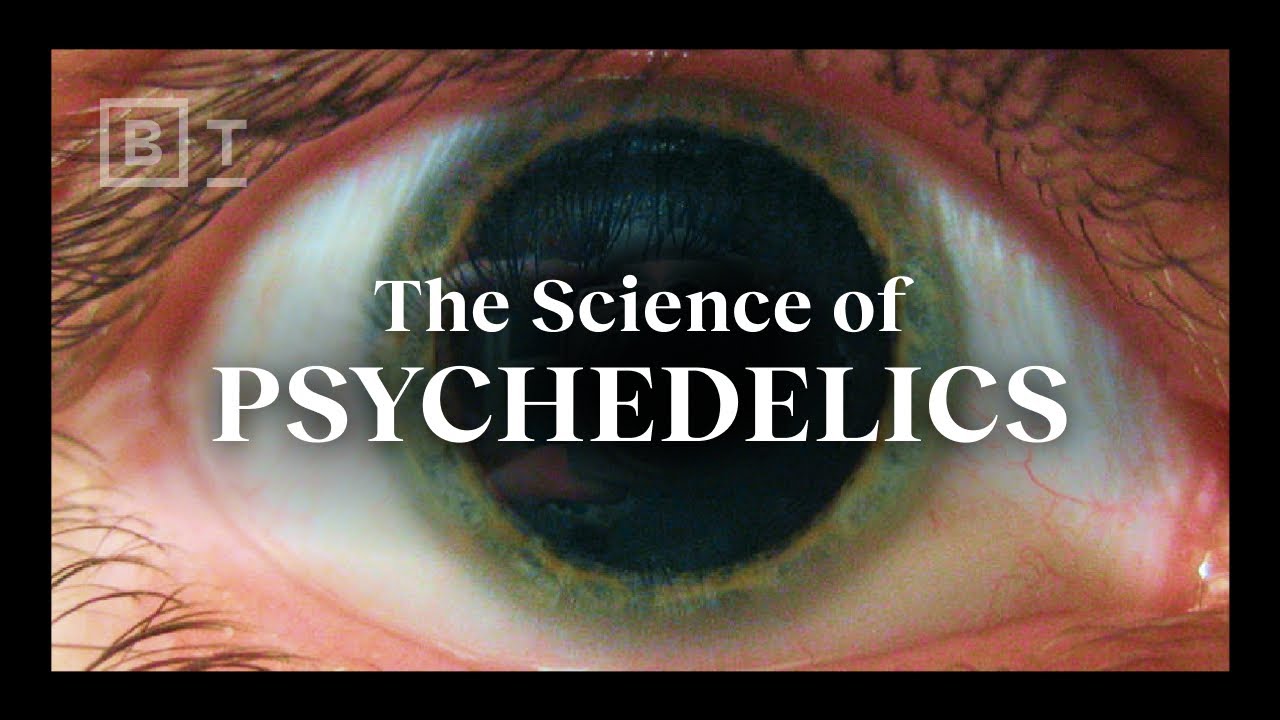
Exploring the Effects of Phencyclidine in Contrast to Dimethyltryptamine
While both DMT and phencyclidine (PCP) alter states of consciousness, their effects are vastly different and warrant discussion among parents concerned about drug use.

Transforming the Conversation on Dimethyltryptamine and Addiction
Given the burgeoning interest in what is dimethyltryptamine, the role of psychedelics like DMT in addiction recovery cannot be overlooked. Some early research suggests potential benefits in facilitating personal transformation for those struggling with substance use issues. Yet there’s a fine line between therapeutic benefits and risks that families may face.
For parents navigating the dark waters of addiction, understanding the implications of DMT can provide both hope and apprehension. The healing potential is undeniable, but the path to recovery must remain anchored in safety and informed decisions. Conversations about psychedelic substances should center around creating a supportive environment that respects the seriousness of addiction while appreciating the possibility of diverse healing practices.
Open dialogues around DMT and its potential may also incite deeper discussions about effective recovery strategies for your loved ones. With a commitment to supporting parents facing the challenge of addiction, www.MothersAgainstAddiction.org encourages families to stay informed and engaged, fostering resilience and understanding.
In a world filled with questions about the future of addiction and recovery, embracing the wisdom of psychedelics like DMT could offer pathways to healing—both personally and collectively. Combining ancient spiritual practices with modern psychology, we stand at a unique intersection, one that holds great promise for those impacted by the effects of addiction.

What Is Dimethyltryptamine: Fun Trivia and Facts
Dimethyltryptamine, often known as DMT, is a powerful compound making waves in various conversations about mental health and spirituality. It’s an intriguing substance, sitting at a crossroads of science and culture. Curious about its origins? DMT is actually found in diverse plants and animals, showcasing nature’s creativity. Some cultures have brewed it into a drink called ayahuasca, which means you’ll need to know the ayahuasca pronunciation if you’re ever heading to a ceremony. This brew has captured the imagination of many, drawing parallels with other mind-altering substances like MDMA, but what is dimethyltryptamine, and how does it stack up?
The Journey Through Time and Usage
Believe it or not, DMT has been used for centuries in Indigenous rituals, serving as a bridge to the spiritual world. In fact, research has suggested that it may function in our brains, leading some scientists to explore its potential healing properties. While many folks are familiar with effects from recreational drugs, it’s still worth diving into whether is MDMA ecstasy can be compared to the mystical experiences DMT users report. Just like how the suspense of a thrilling crazy in love show keeps you on edge, the effects of DMT can be equally intense and transformative, often leading to profound experiences.
Fun Facts You Might Not Know
Did you know DMT is sometimes referred to as the “spirit molecule”? This phenomenon sounds like something out of a movie—kind of like the infamous Jose and Kitty Menendez tale—where the mind dives deep into uncharted territories. Or how about this: DMT is structurally similar to serotonin, which plays a key role in your happiness? It’s no wonder that those who’ve tried it describe their experiences as deeply enlightening. And if you’re interested in exploring the vast landscape of altered states of consciousness, 5-MeO-DMT is another variant that some consider more intense. If you enjoy a good flick, just think of it as the spiritual cousin of those fun golf movies you love.
So, what is dimethyltryptamine? It’s not just a chemical compound; it’s a profound journey that’s intruding upon the curiosities of many. Whether you’re inspired to read more about what khat is or even take a deeper dive into the science behind these substances, every exploration enriches your understanding of this fascinating topic. Just remember to tread carefully and be mindful, as these experiences can change lives!
